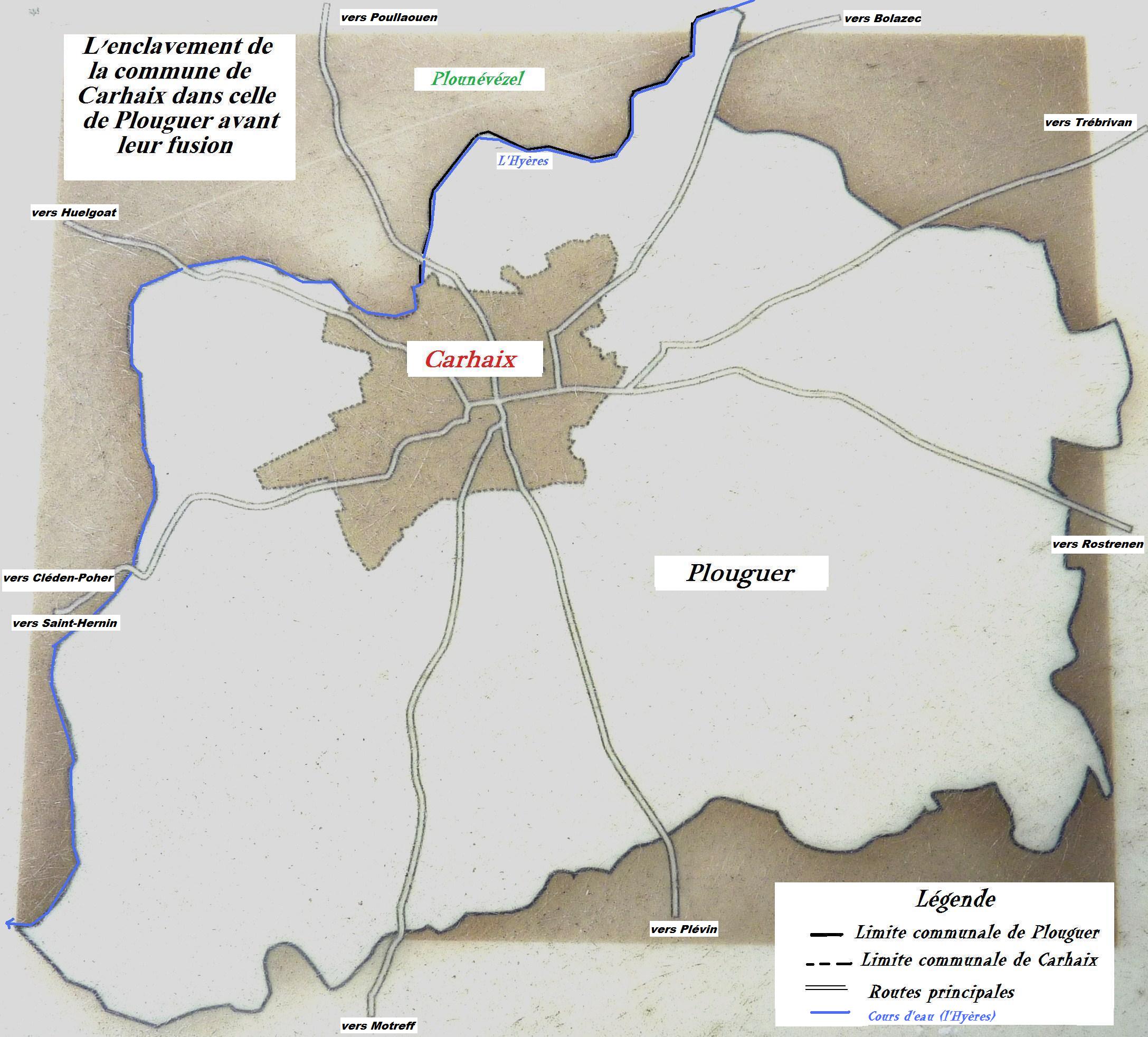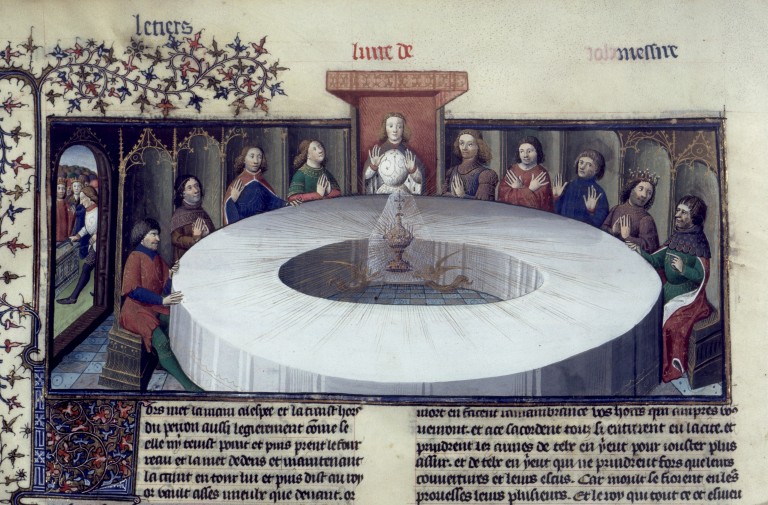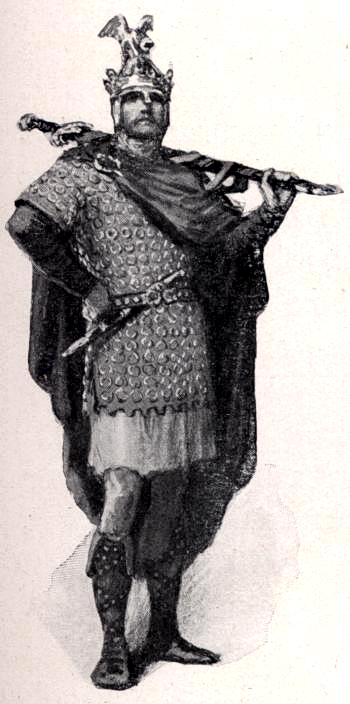|
Leodegrance
King Leodegrance , sometimes Leondegrance, Leodogran, or variations thereof, is the father of Queen Guinevere in Arthurian legend. His kingdom of Cameliard (or Carmelide) is usually identified with Cornwall but may be located in Breton Cornouaille near the town of Carhaix-Plouguer, which is the Carhaise of ''L'Histoire de Merlin'' (13th century). Leodegrance had served Uther Pendragon, King Arthur's biological father and regnal predecessor. Leodegrance was entrusted with the keeping of the Round Table at Uther's death. When Guinevere marries Arthur, Leodegrance gives the young king the table as a wedding present. In later romance Leodegrance is one of the few kings who accept Arthur as his overlord. For this, his land is invaded by the rebel king Rience, but Arthur comes to his rescue and expels the enemy. Arthur meets Guinevere for the first time during this excursion, and they develop a love that eventually results in their fateful marriage. According to the Lancelot-Grail pr ... [...More Info...] [...Related Items...] OR: [Wikipedia] [Google] [Baidu] |
Guinevere
Guinevere ( ; cy, Gwenhwyfar ; br, Gwenivar, kw, Gwynnever), also often written in Modern English as Guenevere or Guenever, was, according to Arthurian legend, an early-medieval queen of Great Britain and the wife of King Arthur. First mentioned in popular literature in the early 12th century, nearly 700 years after the purported times of Arthur, Guinevere has since been portrayed as everything from a villainous and opportunistic traitor to a fatally flawed but noble and virtuous lady. Many records of the legend also feature the variably recounted story of her abduction and rescue as a major part of the tale. The earliest datable appearance of Guinevere is in Geoffrey of Monmouth's pseudo-historical British chronicle ''Historia Regum Britanniae'', in which she is seduced by Mordred during his ill-fated rebellion against Arthur. In a later medieval Arthurian romance tradition from France, a prominent story arc is the queen's tragic love affair with her husband's chief knight ... [...More Info...] [...Related Items...] OR: [Wikipedia] [Google] [Baidu] |
Cameliard
In the chivalric romance prose works in the legend of King Arthur, Cameliard (various French and other spellings include ''Ca elide'', ''Camiliard'', ''Carmalide'', ''Carmelide'', ''Carmelyde'', ''Charmelide'', ''Tamalide'', ''Tameli e'', and ''T rmelide'') is the kingdom of the young Princess Guinevere, ruled by her father, King Leodegrance. The texts identify it variably, with the main version of the Vulgate ''Merlin'' locating it between ''Bedingran'' (Sherwood Forest) and ''Norgales'' (North Wales). Its historical roots may be in Cornwall.Ashley, p. 612. The kingdom's greatest city and apparent capital is the wealthy Carhaix (''Camaheu'', ''Carahais'', ''Carahaix'', ''Carahes'', ''Caraheu'', ''Caro ise'', ''Carohaize'', ''Carohase'', ''Carol ise'', ''Karohaise'', ''Karahais'', ''Karahes'', ''Toraise'', ''Torayse''), other important cities include Aneblayse (''Danbleys'', ''Danebleise'', ''Denebleise''). Both of them become major battlefields when they are besieged by the Sax ... [...More Info...] [...Related Items...] OR: [Wikipedia] [Google] [Baidu] |
Carhaix-Plouguer
Carhaix-Plouguer (; br, Karaez-Plougêr ), commonly known as just Carhaix (), is a commune in the French department of Finistère, region of Brittany, France.Commune de Carhaix-Plouguer (29024) INSEE The commune was created in 1957 by the merger of the former communes Carhaix and Plouguer. Geography  Carhaix is located in the Poher, an important territory of Brittany, sandwiched between the Arrée Mountains to th ...
Carhaix is located in the Poher, an important territory of Brittany, sandwiched between the Arrée Mountains to th ...
[...More Info...] [...Related Items...] OR: [Wikipedia] [Google] [Baidu] |
Excalibur (film)
''Excalibur'' is a 1981 epic medieval fantasy film directed, co-written and produced by John Boorman, that retells the legend of King Arthur and the knights of the Round Table, based loosely on the 15th-century Arthurian romance '' Le Morte d'Arthur'' by Thomas Malory. It stars Nigel Terry as Arthur, Nicol Williamson as Merlin, Nicholas Clay as Lancelot, Cherie Lunghi as Guenevere, Helen Mirren as Morgana, Liam Neeson as Gawain, Gabriel Byrne as Uther and Patrick Stewart as Leondegrance. The film is named after the legendary sword of King Arthur that features prominently in Arthurian literature. The film's soundtrack features the music of Richard Wagner and Carl Orff, along with an original score by Trevor Jones. Boorman’s ''Excalibur'' began development as an unproduced adaptation of ''The Lord of the Rings''. The film was shot entirely on location in Ireland and at Ardmore Studios, employing Irish actors and crew. It has been acknowledged for its importance to the ... [...More Info...] [...Related Items...] OR: [Wikipedia] [Google] [Baidu] |
Round Table
The Round Table ( cy, y Ford Gron; kw, an Moos Krenn; br, an Daol Grenn; la, Mensa Rotunda) is King Arthur's famed table in the Arthurian legend, around which he and his knights congregate. As its name suggests, it has no head, implying that everyone who sits there has equal status, unlike conventional rectangular tables where participants order themselves according to rank. The table was first described in 1155 by Wace, who relied on previous depictions of Arthur's fabulous retinue. The symbolism of the Round Table developed over time; by the close of the 12th century it had come to represent the chivalric order associated with Arthur's court, the Knights of the Round Table. Origins Though the Round Table is not mentioned in the earliest accounts, tales of King Arthur having a marvellous court made up of many prominent warriors are ancient. Geoffrey of Monmouth, in his ''Historia Regum Britanniae'' (composed c. 1136) says that, after establishing peace throughout Britain, Arth ... [...More Info...] [...Related Items...] OR: [Wikipedia] [Google] [Baidu] |
Knights Of The Round Table
The Knights of the Round Table ( cy, Marchogion y Ford Gron, kw, Marghekyon an Moos Krenn, br, Marc'hegien an Daol Grenn) are the knights of the fellowship of King Arthur in the literary cycle of the Matter of Britain. First appearing in literature in the mid-12th century, the Knights are an order dedicated to ensuring the peace of Arthur's kingdom following an early warring period, entrusted in later years to undergo a mystical quest for the Holy Grail. The Round Table at which they meet is a symbol of the equality of its members, who range from sovereign royals to minor nobles. The various stories in the cycle present an assortment of knights from all over Great Britain and abroad, some of whom are even from outside of Europe. Their ranks often include King Arthur's family, Arthur's close and distant relatives, such as Agravain and Gaheris, as well as his reconciled enemies and those he defeated in battle, including Galehaut and King Lot, Lot. Several of the most notable kn ... [...More Info...] [...Related Items...] OR: [Wikipedia] [Google] [Baidu] |
King Arthur's Family
King Arthur's family grew throughout the centuries with King Arthur's legend. Many of the legendary members of this mythical king's family became leading characters of mythical tales in their own right. Medieval Welsh tradition In Welsh Arthurian pre-Galfridian tradition, meaning from before the time of Geoffrey of Monmouth's 12th-century ''Historia Regum Britanniae'' (''History of the Kings of Britain''), Arthur was granted numerous relations and family members. Several early Welsh sources are usually taken as indicative of Uther Pendragon being known as Arthur's father before Geoffrey wrote, with Arthur also being granted a brother ( Madog) and a nephew (Eliwlod) in these texts. Arthur also appears to have been assigned a sister in this material – Gwalchmei is named as his sister-son (nephew) in ''Culhwch and Olwen'', his mother being one Gwyar. ''Culhwch and Olwen'', the ''Vita Iltuti'' and the ''Brut Dingestow'' combine to suggest that Arthur's own mother was named Eigyr ... [...More Info...] [...Related Items...] OR: [Wikipedia] [Google] [Baidu] |
Arthurian Characters
The Arthurian legend features many characters, including the Knights of the Round Table and members of King Arthur's family. Their names often differ from version to version and from language to language. The following is a list of characters with descriptions. : Indicates a Knight of the Round Table. See also * List of characters named Ywain in Arthurian legend The following is a list of characters are named Yvain (or a variation of Yvain), mentioned in Arthurian legend. The work(s)in which they appear are italicized.Brugger, Ernst. ''Yvain and His Lion''. Modern Philology. 1941 *Yvain li filz au roi Ur ... References {{Arthurian Legend Arthurian, Arthurian characters ... [...More Info...] [...Related Items...] OR: [Wikipedia] [Google] [Baidu] |
Camelot (TV Series)
''Camelot'' is a fantasy historical drama television series created by Michael Hirst and Chris Chibnall for Starz. An Irish-Canadian co-production, the series is based on the Arthurian legend, and stars an ensemble cast led by Joseph Fiennes, Jamie Campbell Bower, and Eva Green. ''Camelot'' premiered on Starz in the United States on 25 February 2011, with a special full-length preview showing of the pilot episode.ComicBookResources.com retrieved 26 February 2011. It then formally premiered on 1 April 2011, and concluded on 10 June 2011, after ten episodes. The series debuted to strong ratings [...More Info...] [...Related Items...] OR: [Wikipedia] [Google] [Baidu] |
Daragh O'Malley
Daragh Gerard Marion O'Malley (born 25 May 1954) is an Irish actor, director and producer. He was born in Dublin, Ireland. Among many TV appearances O'Malley is known for his portrayal of Patrick Harper in the series '' Sharpe'' (1993–2009), starring Sean Bean. O'Malley first appeared in roles in the films ''The Long Good Friday'' and ''Withnail and I'', guest roles in many UK television series including '' Tales of the Unexpected'', '' Waking The Dead'' and '' Vera'', TV roles in ''Longitude'', ''Cleopatra'' and ''The Magnificent Seven'', and US TV film ''Vendetta''. O'Malley also played Irish explorer Tom Crean in the 8 part television series ''The Last Place on Earth''. In 2011 O'Malley turned his focus to the stage, appearing in productions in the US and in the UK. Among over a dozen stage productions O'Malley appeared as Father Jack in a revival of ''Dancing at Lughnasa'', which was nominated for an MTA Best Production Award, and followed that by playing John Rainey in a ... [...More Info...] [...Related Items...] OR: [Wikipedia] [Google] [Baidu] |
Middle Welsh
Middle Welsh ( cy, Cymraeg Canol, wlm, Kymraec) is the label attached to the Welsh language of the 12th to 15th centuries, of which much more remains than for any earlier period. This form of Welsh developed directly from Old Welsh ( cy, Hen Gymraeg). Literature and history Middle Welsh is the language of nearly all surviving early manuscripts of the ''Mabinogion'', although the tales themselves are certainly much older. It is also the language of most of the manuscripts of Welsh law. Middle Welsh is reasonably intelligible, albeit with some work, to a modern-day Welsh speaker. Phonology The phonology of Middle Welsh is quite similar to that of modern Welsh, with only a few differences. The letter ''u'', which today represents in North Western Welsh dialects and in South Welsh and North East Welsh dialects, represented the close central rounded vowel in Middle Welsh. The diphthong ''aw'' is found in unstressed final syllables in Middle Welsh, while in Modern Welsh it has be ... [...More Info...] [...Related Items...] OR: [Wikipedia] [Google] [Baidu] |
Patrick Stewart
Sir Patrick Stewart (born 13 July 1940) is an English actor who has a career spanning seven decades in various stage productions, television, film and video games. He has been nominated for Olivier, Tony, Golden Globe, Emmy, and Screen Actors Guild Awards. He received a star on the Hollywood Walk of Fame on 16 December 1996. In 2010, he was knighted by Queen Elizabeth II for services to drama. In 1966, Stewart became a member of the Royal Shakespeare Company. Stewart made his Broadway theatre debut in 1971 in a production of '' A Midsummer Night's Dream''. In 1979, he received the Laurence Olivier Award for Best Actor in a Supporting Role for his performance in '' Antony and Cleopatra'' in the West End. His first television role was in the ITV series ''Coronation Street'' in 1967. His first major screen roles were in BBC-broadcast television productions ''Fall of Eagles'' (1974), ''I, Claudius'' (1976), and ''Tinker Tailor Soldier Spy'' (1979). In 2008 he played King Clau ... [...More Info...] [...Related Items...] OR: [Wikipedia] [Google] [Baidu] |




